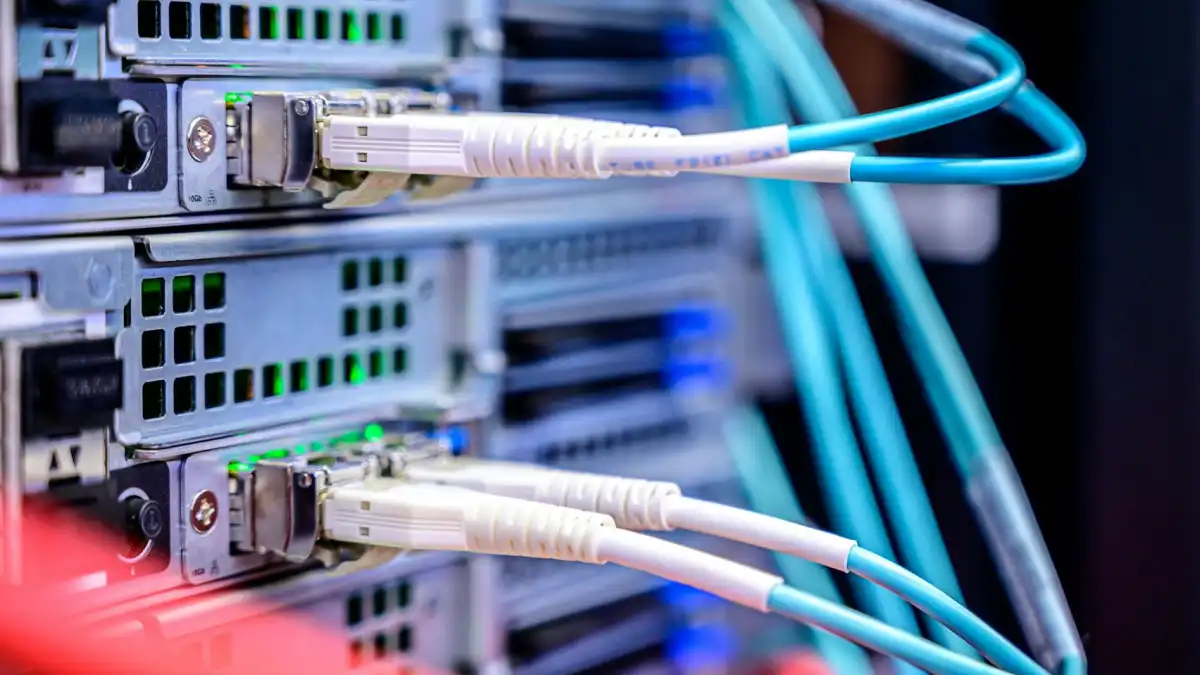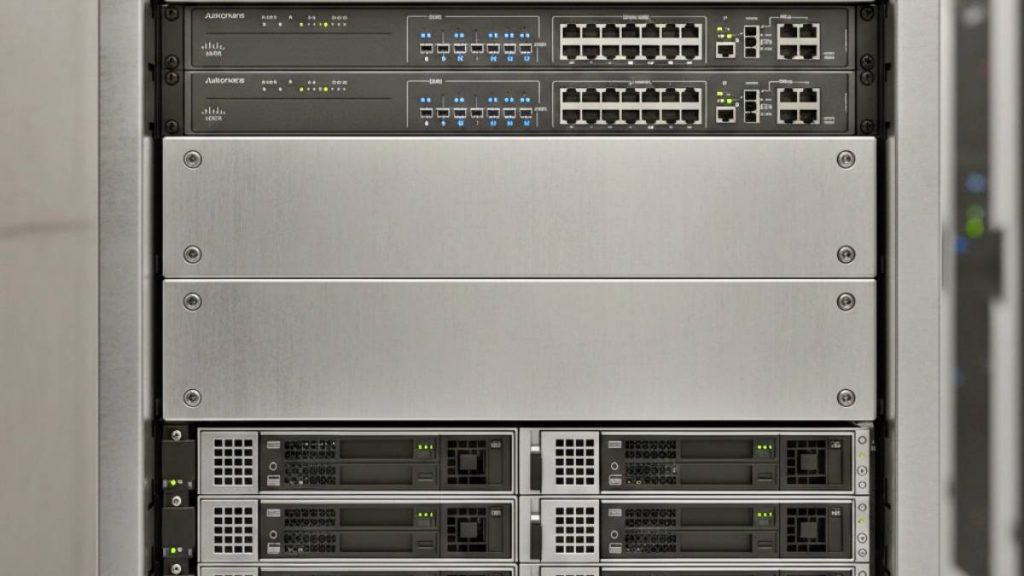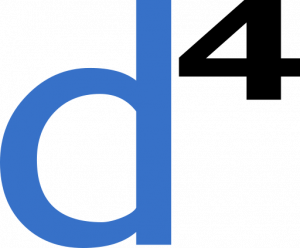When evaluating data centers to host your business’s critical infrastructure, you might encounter terms like Tier I, II, III, or IV. These classifications provide a straightforward way to gauge the level of service reliability, redundancy, and performance you can expect. However, understanding the nuances of each tier and which one your business truly needs can significantly impact your costs and uptime.

What Are Data Center Tiers?
Data center tiers are a classification system developed by the Uptime Institute, used to describe a data center’s infrastructure and redundancy level. The tiers range from I to IV, with each level representing increased redundancy and reliability. Here’s a breakdown:
Tier I: Basic Infrastructure
- Description: Tier I data centers offer the most basic infrastructure. They have a single path for power and cooling and minimal redundancy. These facilities generally guarantee 99.671% uptime, equating to about 28.8 hours of potential downtime annually.
- Redundancy: Little to none; most systems, such as power and cooling, are single-threaded. Maintenance or unexpected failures can easily result in outages.
- Cost Consideration: Tier I facilities are less expensive than higher tiers, making them suitable for companies that can tolerate some downtime and don’t need around-the-clock uptime.
- Who Should Use It: Small businesses or operations with non-critical applications, data backup needs, or projects that can withstand longer outages without severe impact.
Tier II: Redundant Capacity Components
- Description: Tier II data centers include redundant power and cooling components, offering a more reliable environment. These facilities have an uptime guarantee of 99.741%, translating to approximately 22 hours of annual potential downtime.
- Redundancy: Systems like power and cooling have N+1 redundancy, meaning that if one component fails, there’s at least one backup to cover it. However, there is still only a single path for power and cooling distribution.
- Cost Consideration: Costs are higher than Tier I due to the added redundancy but still lower than Tiers III and IV. Tier II strikes a balance for companies that need a bit more reliability.
- Who Should Use It: Small- to medium-sized businesses or those with moderately critical applications that can tolerate limited downtime but need improved reliability over Tier I.
Tier III: Concurrently Maintainable
- Description: Tier III data centers offer a significant leap in reliability. They are designed to be concurrently maintainable, meaning all systems can undergo maintenance without affecting the data center’s operations. Tier III data centers guarantee 99.982% uptime, equating to just 1.6 hours of potential downtime annually.
- Redundancy: These facilities have multiple power and cooling distribution paths, but only one is active at any time. N+1 redundancy ensures critical systems remain operational even if one component fails.
- Cost Consideration: Tier III data centers are more expensive than Tier I and II due to their enhanced infrastructure. However, the cost is justified for businesses that can’t afford much downtime.
- Who Should Use It: Medium-sized businesses and enterprises with mission-critical applications, e-commerce platforms, or operations that heavily rely on constant availability. It’s also a common choice for companies with strict compliance or service-level agreement (SLA) requirements.
Tier IV: Fault Tolerance
- Description: Tier IV data centers are the pinnacle of reliability and redundancy. These facilities guarantee 99.995% uptime, which equates to just 26.3 minutes of potential downtime per year. They are designed to withstand multiple failures without impacting operations.
- Redundancy: All components, including power and cooling paths (2N+1 redundancy), are fully redundant. Even if multiple systems fail, operations continue uninterrupted.
- Cost Consideration: Tier IV data centers are the most expensive, given their complexity and stringent design requirements. They are overkill for most businesses unless constant uptime is mission-critical.
- Who Should Use It: Financial institutions, government organizations, healthcare providers, or any operation where downtime could result in catastrophic losses or compromise.
Choosing the Right Tier for Your Business
Determining the appropriate data center tier for your business involves a thoughtful analysis of several key factors:
- Business Continuity and Downtime Tolerance
Ask yourself: How much downtime can your business afford before experiencing significant losses or reputational damage? A higher-tier data center is worth the investment if even a few minutes of downtime can disrupt operations. Conversely, if your business can tolerate hours of downtime, a lower-tier facility may suffice. - Budget Constraints
The cost of higher-tier data centers increases significantly. It’s crucial to weigh the cost of potential downtime against the expense of higher reliability. In some cases, opting for a more affordable, lower-tier option with robust backup plans might be a better fit. - Compliance and Regulatory Requirements
Certain industries, like finance and healthcare, have strict data security and uptime compliance standards. If your business operates under stringent regulations, a Tier III or Tier IV data center might be necessary to meet those requirements. - Nature of Your Operations
Consider the critical nature of your applications. A business running an e-commerce platform, for example, may need a Tier III data center to ensure transactions remain uninterrupted. On the other hand, a company using a data center primarily for archiving data may only require Tier I or II.
The Role of Data Center Tiers in Uptime Considerations
Uptime is a significant factor in choosing a data center tier. Businesses that cannot afford downtime — even for a few minutes — should prioritize higher tiers. For example, consider financial services, where even a momentary disruption can lead to significant monetary loss. In contrast, a Tier I facility could suffice for a startup using a data center for occasional backup needs.
Balancing Costs and Needs
The primary reason businesses don’t automatically select the highest tier is cost. Higher tiers require advanced infrastructure, redundancies, and meticulous maintenance, all of which add to operational expenses. As such, you should approach your decision pragmatically:
- Perform a Cost-Benefit Analysis: Calculate potential losses from downtime versus the ongoing cost of a higher-tier data center.
- Plan for Growth: If your business is expanding, consider future needs. Moving to a different tier later could be more costly than planning for growth now.
- Evaluate Alternatives: Sometimes, hybrid solutions or cloud backups combined with a lower-tier facility can offer the right mix of reliability and cost-effectiveness.
Conclusion
Understanding the differences between data center tiers is crucial for making an informed decision that aligns with your business needs. Whether you choose a rudimentary Tier I provider or a fault-tolerant Tier IV facility, the choice should be driven by a balance between reliability, redundancy, and budget. If you need expert guidance on selecting the right data center tier for your business, Datacate can help. Our experienced team will work with you to assess your needs and implement the optimal solution, ensuring optimal uptime and cost-efficiency.







